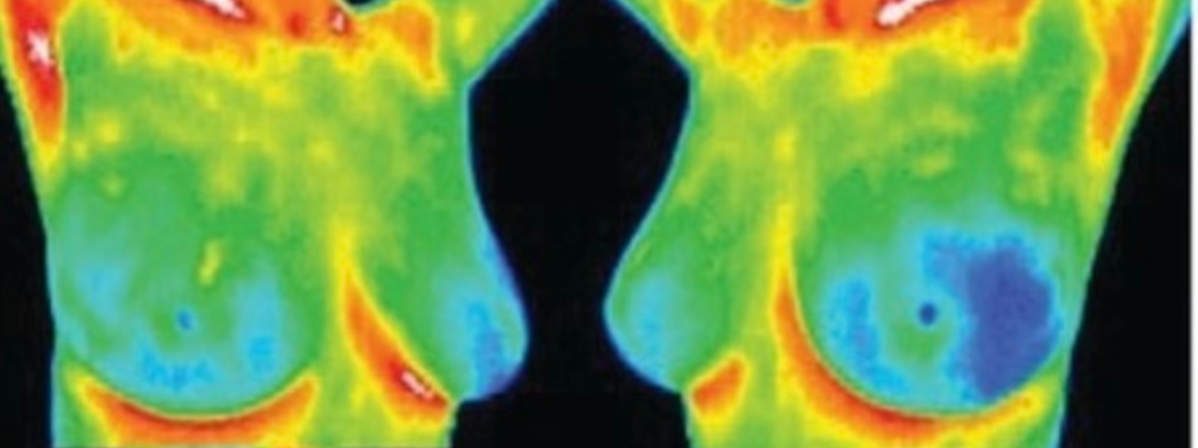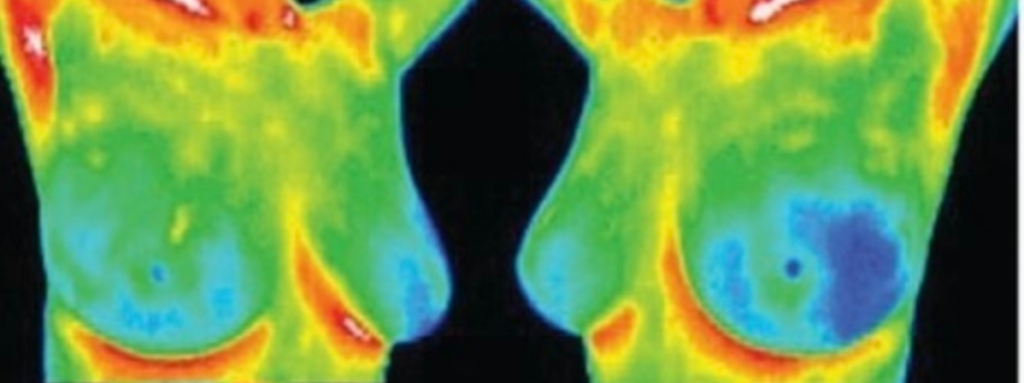Navigating Your Weight Loss Journey: What to Look for When Researching Weight Loss Clinics

Embarking on a weight loss journey can be both exciting and overwhelming, especially with the plethora of options available, including weight loss clinics. However, not all Health Care Centers are created equal, and finding the right one for your needs is crucial for success.
Credentials and Expertise:
Start by asking around for results driven health care centers. Then verify the credentials and expertise of the healthcare professionals involved. Look for clinics staffed by Holistic Health Practitioners, registered dietitians, and other qualified healthcare providers with specialized training in weight management and nutrition.
We are proud to have Dr. Debra Muth, a renowned Naturopathic Doctor, as part of our team. Dr. Muth is dedicated to providing personalized care and empowering patients to achieve optimal health and vitality. And we’re delighted to introduce Charity Prager, a Certified Holistic Health Practitioner, to our team. With her dedication to holistic wellness and personalized care, Charity is committed to guiding our patients to improved health and well-being.
Comprehensive Assessment and Personalized Plans:
Serenity will conduct a thorough assessment of your health status, including medical history, current medications, lifestyle factors, and goals. We’ll provide personalized treatment plans tailored to your unique needs, preferences, and health concerns. We emphasize a comprehensive approach to weight loss, addressing factors such as diet, exercise, behavior modification, and psychological support.
Currently we offer GLP-1:
Semaglutide injection: Belongs to a class of drugs called GLP-1 receptor agonists, which work by mimicking the effects of a hormone called glucagon-like peptide-1 (GLP-1). This hormone helps regulate blood sugar levels by stimulating insulin release, slowing down digestion, and reducing appetite.
Tirzepatide injections: A novel medication used for the treatment of type 2 diabetes. They belong to a class of drugs known as dual glucose-dependent insulinotropic peptide (GIP) and glucagon-like peptide-1 receptor agonists (GLP-1RA). This dual action helps to regulate blood sugar levels by stimulating insulin release and reducing glucagon secretion.
Avoid quick-fix solutions, extreme diets, or unproven supplements that may pose health risks or lead to unsustainable results. Instead, opt for clinics that emphasize gradual, sustainable weight loss through healthy lifestyle changes and behavior modification.
Supportive Environment and Accountability:
Successful weight loss often requires ongoing support, guidance, and accountability. When scheduling your initial Nutrition Consultation be sure to ask about our support group and customized meal plans. Serenity offers a supportive environment where you will feel comfortable discussing your challenges, receiving encouragement, and tracking your progress. We offer both individual counseling and group sessions. We will help you stay motivated and accountable throughout your journey.
Our integrative nutrition team offers holistic and individualized approaches to help clients achieve sustainable weight loss and improve their overall health and quality of life.


















